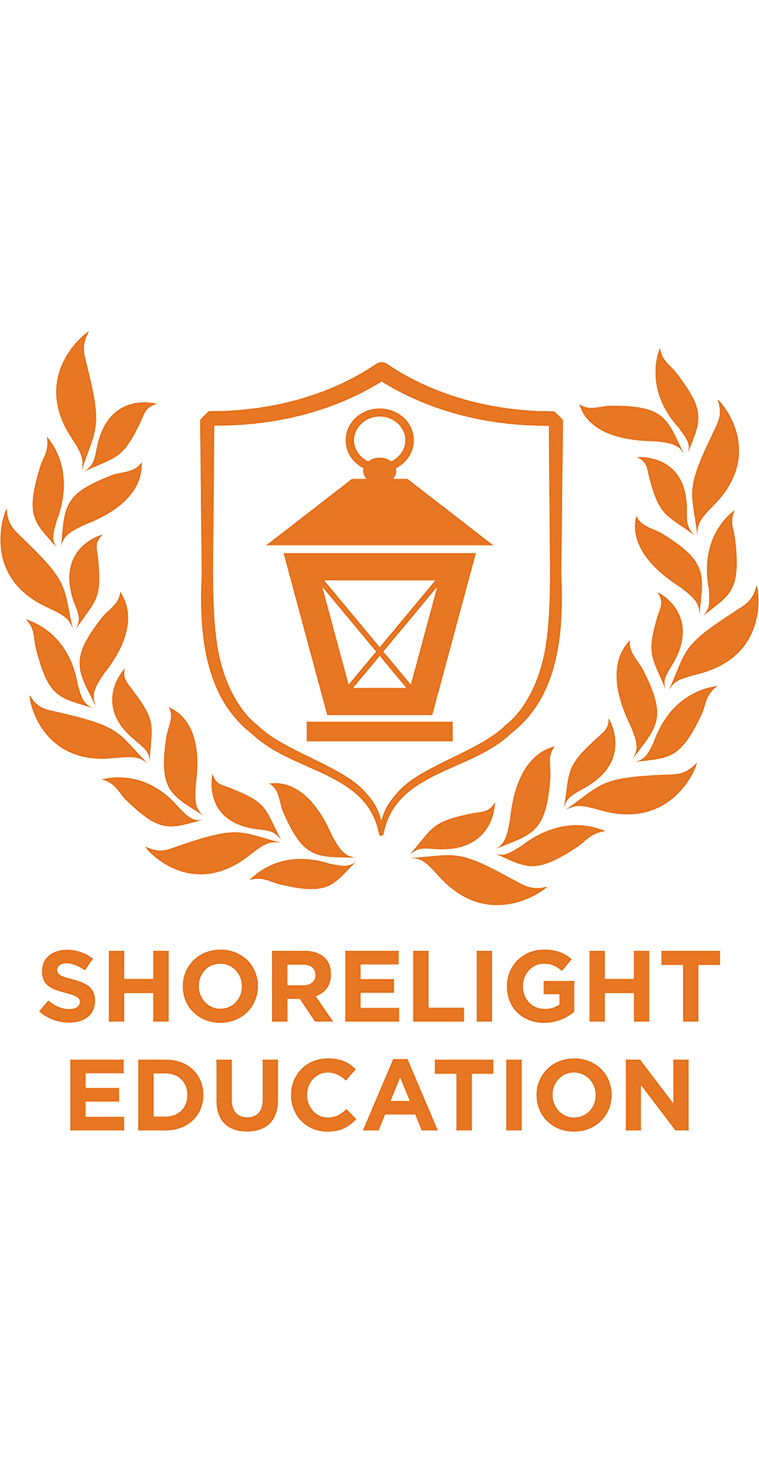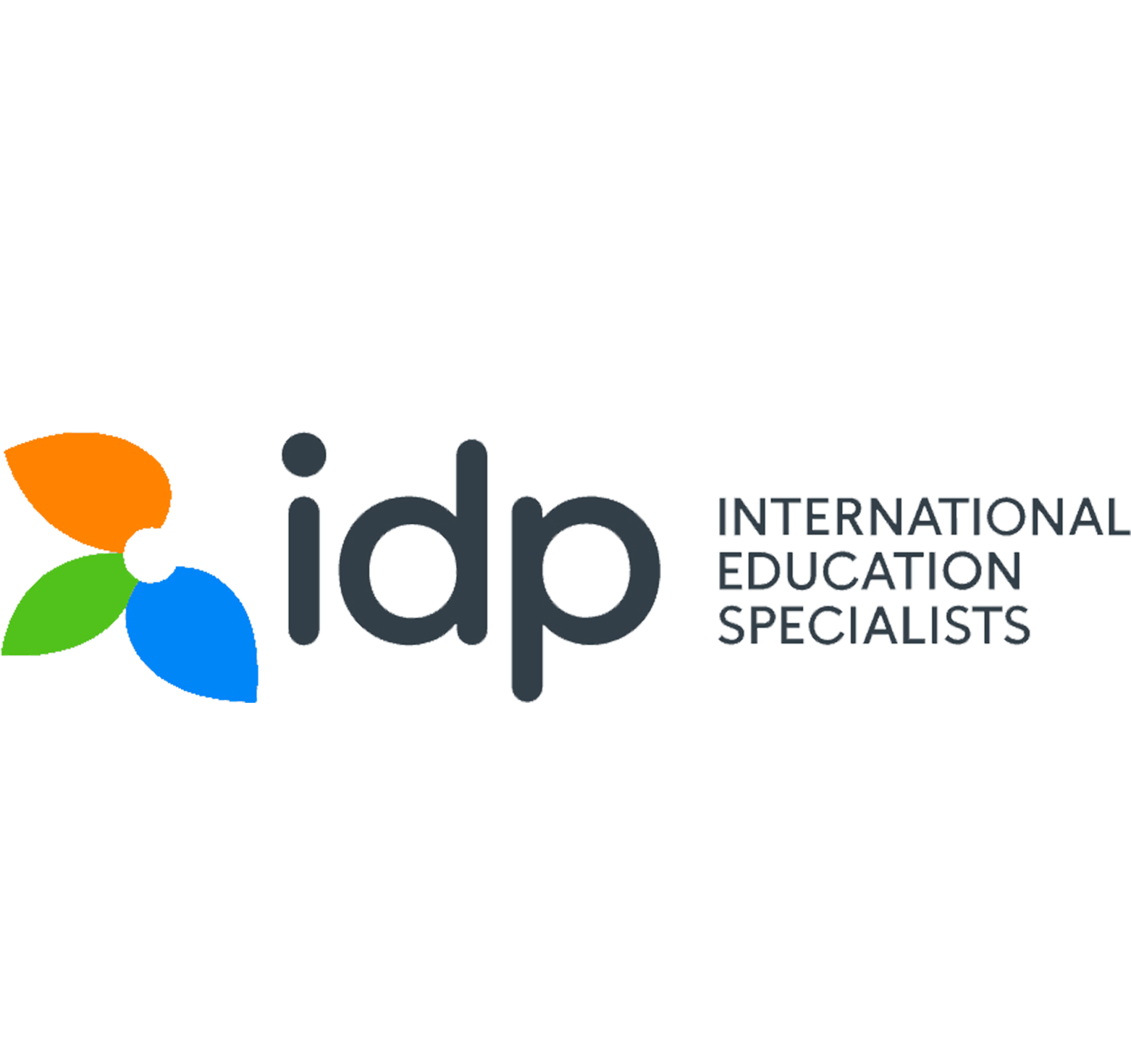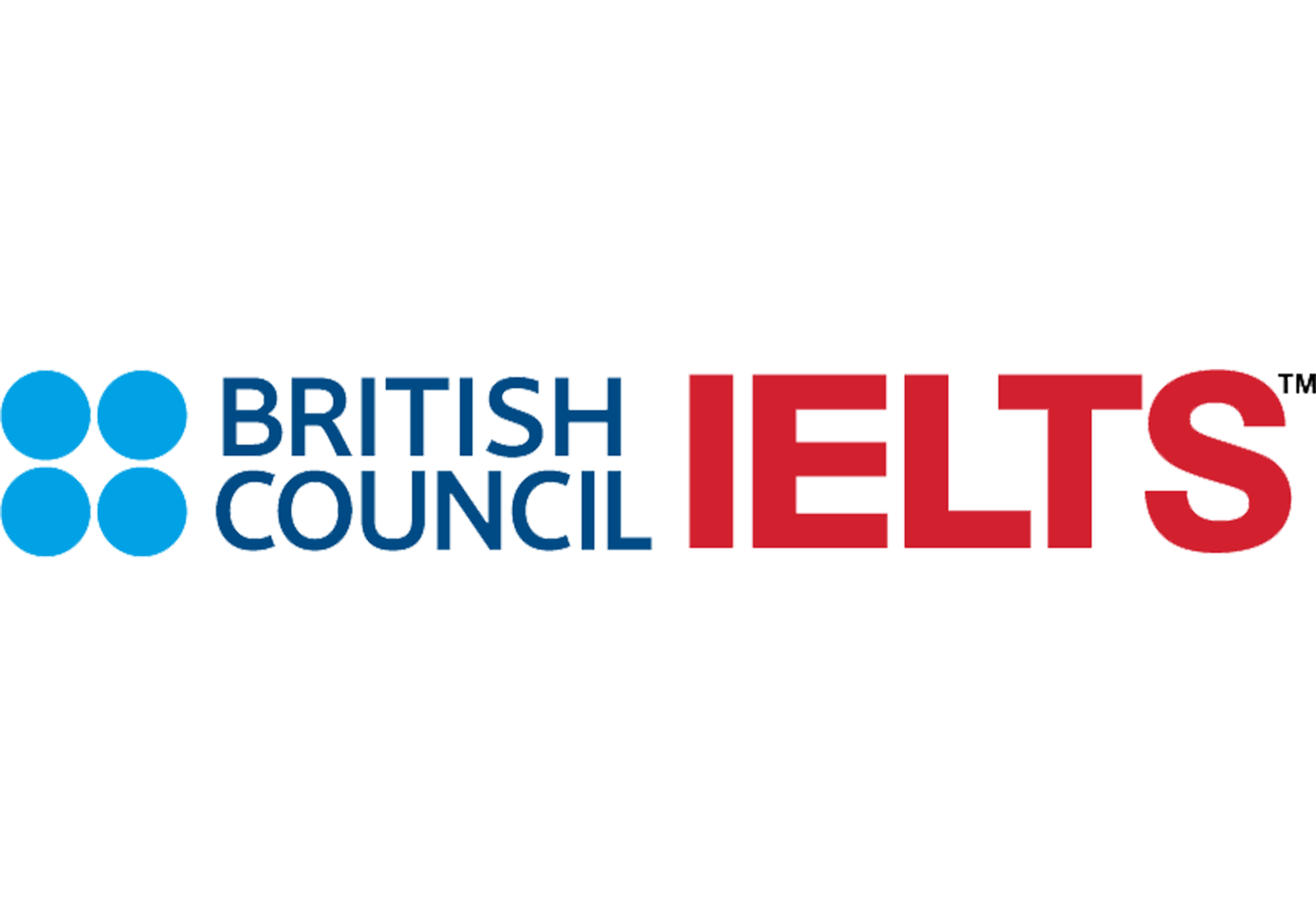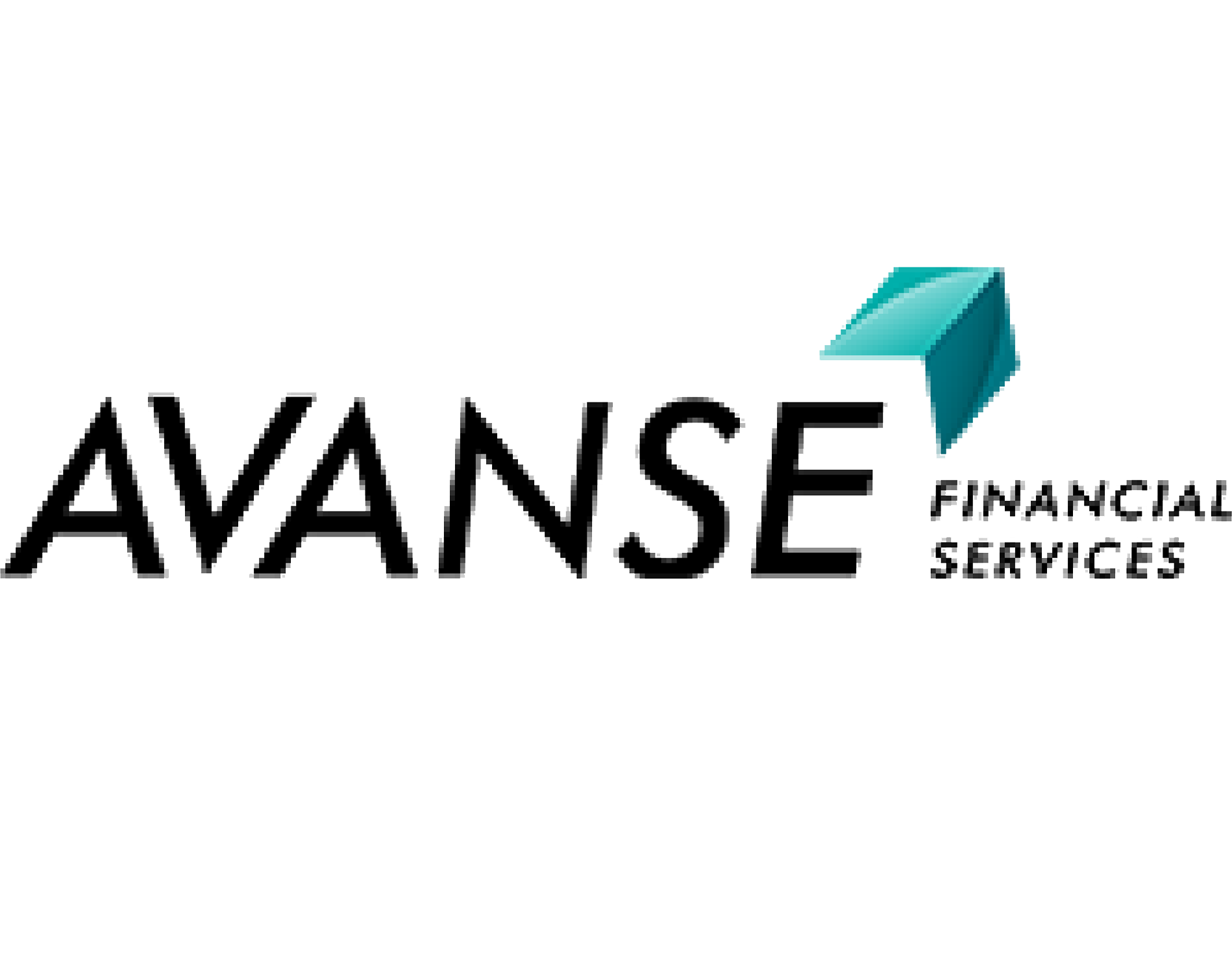
Foreign Education Consultants
Typically replies within minutes
Foreign Education Consultants
Hi There,
How can I help you?

Foreign Education Consultants
Typically replies within minutes
Foreign Education Consultants
Hi There,
How can I help you?
Get university recommendations.
Create SOP for free
Direct university communication
Track your application
Online payments
Don't have an account?
Get university recommendations.
Create SOP for free
Direct university communication
Track your application
Online payments
Already have an account?
Get university recommendations.
Create SOP for free
Direct university communication
Track your application
Online payments
Got your password?

UMB is Maryland's only public health, law, and human services university. Six professional schools and a Graduate School confer the majority of health care, human services, and law professional degrees in Maryland each year.The planning of the University of Maryland, Baltimore County was first discussed in the 1950s due to the post-World War II baby boom, the expansion of higher education under the GI Bill, and the large amount of growth both in population and industry in the Baltimore-Washington Metropolitan Area. At this time, the University of Maryland, College Park was the main higher education source in the region, so talks began of adding a branch campus in the Baltimore area. In 1955, Governor Theodore McKeldin issued "The Needs of Higher Education in Maryland," which recommended the need for university expansion. Three years later, the "Advisory Committee on Higher Education in the State of Maryland" report proposed that the Baltimore branch of the University of Maryland be established as a two-year program, subordinate to the College Park campus.[11] In 1960, the Warfield Commission, appointed by Governor Tawes, issued, "A Plan for Expanding the University of Maryland," which propelled the idea of creating three additional university centers throughout Maryland.In 1963, the Maryland Legislature approved the development of several new universities throughout Maryland. By the end of that year, 435 acres were purchased from Spring Grove State Hospital, a psychiatric facility in Catonsville, Maryland. The new campus would be efficiently located in Southwestern Baltimore, and would be able to be accessed from Wilkens Avenue, the Baltimore Beltway and Interstate 95. Architectural design and planning of the new campus was completed at the University of Maryland, College Park. In 1965, Albin Owings Kuhn, an accomplished administrator and professor at College Park was named Vice President of Baltimore Campuses, including both UMBC and the founding campus, University of Maryland, Baltimore. The new campus also included Dr. Homer Schamp of the College Park as the first Dean of Faculty, David Lewis as the first full-time faculty member and head of Social Sciences, and John Haskell, Jr. as the first Librarian.[11]The first classes began on September 19, 1966 with 750 students, 3 buildings, and the older wing of the Biological Sciences building, 45 faculty members, 35 support staff, and 500 parking spaces.[12] As university enrollment increased drastically over the coming years, the university would also coincide with the turbulent changes in society in the 1960s. While undergoing the Civil rights movement and the Vietnam War, UMBC would prove to be a new and different atmosphere with open and peaceful minds during campus protests.[13] In 1971, Albin Owings Kuhn resigned his position as UMBC's first chancellor, succeeded by Calvin B. T. Lee. Five years later in 1976, John Dorsey, Administrative Vice President at the University of Maryland, College Park was appointed as UMBC's third Chancellor.[11]By 1980, undergraduate enrollment reached 5,800 students. Also in this year, Homecoming and Quadmania were established as cornerstone events that would become UMBC tradition for years to come. During this decade, the University Center and Sherman Hall were opened, as well as Hillside and Terrace Apartments. In addition, University of Maryland, College Park alum Jim Henson funded the establishment of the Imaging Research Center at UMBC. In 1986, Michael Hooker became chancellor, a post he held until 1992, when he was appointed president of the University of Massachusetts system. In 1988, a proposed merger of UMBC with the University of Baltimore was considered but was voted down by the University System of Maryland Board of Regents.[11]In 1990, undergraduate enrollment reached over 10,000 students. In 1991, a merger plan between UMBC and the University of Maryland, Baltimore was approved in the Maryland House of Delegates, but was rejected by the Senate. Throughout the last decade of the twentieth century, the university opened the Engineering and Computer Science Building and Potomac Hall. The current university president, Freeman A. Hrabowski III was appointed in 1992.[11]The first decade of the twenty-first century featured many university developments as UMBC approached its fortieth anniversary in 2006. Some of these developments included the establishment of the Center for Urban Environmental Research and Education, a new partnership with the NASA Goddard Space Flight Center to develop the Goddard Earth Science and Technology (GEST) Center, as well as numerous expansions to the campus such as The Commons, the Physics Building, Information Technology & Engineering Building and the Public Policy Building.[14] During this time, UMBC was recognized by the American Society for Biochemistry and Molecular Biology (ASBMB) for being the leading producers of chemistry and biochemistry degrees, and was classified by The Carnegie Foundation as being among the top tier research universities, Doctoral/Research Universities for achieving 50 or more doctoral degrees per year across at least 15 disciplines.
University of Maryland--Baltimore County is ranked #162 in National Universities. Schools are ranked according to their performance across a set of widely accepted indicators of excellence.#162inNational Universities (tie)#99inBest Colleges for Veterans (tie)#6inBest Undergraduate Teaching (tie)



